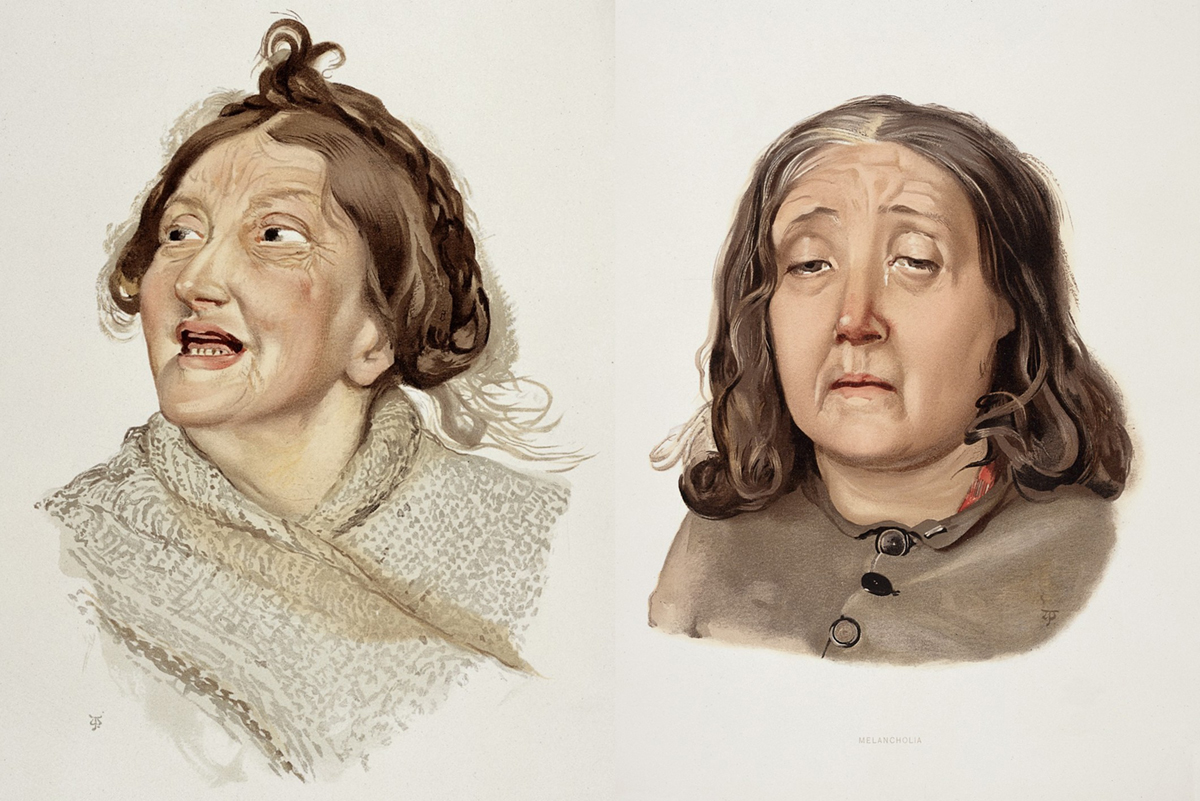
An Ancient Disorder
Once we start analyzing the origins of bipolar personality disorder, we need to know that this disease is one of the oldest we have records about, even though it is considered modern even today. Firstly it was described as “melancholia” in Ancient Greece. This disorder was thought to strike one due to an excessive presence of the, so called, black bile in his or her organism. These theories were based upon the bile principle where the ancient medicine considered that there are different fluids, or, chemicals balanced throughout our body. Thus, every imbalance would cause illnesses. In this case, too much black bile would lead to melancholia or depression. Traces of comparisons regarding mania and melancholia have their roots in the 2nd century AD. There is even written evidence claiming that there is a connection between mania and melancholia, making the latter part of the former.
Evolution of the Bipolar Disorder
All the breakthroughs mentioned above, were further elaborated upon by Chinese medical experts in the 16th century. Before that, in 1025, Avicenna, whom was a Persian physician and a medical philosopher, clearly separated melancholia from other types of mental disorders, considering it a “manic depressionpsychosis”.
Next, the 19th century had its innovations upon the subject as well. Namely, Jules Baillargerd introduced a theory of a specific, bipolar type of a mental disorder, which was considered to be an ambivalent type of insanity. Another scientist claimed that this is a circular disorder and many quarrels took place due to this difference of opinions.
Later, a German psychiatrist came to the conclusion that this condition is to be called manic depressive psychosis, since after periods of mania he noticed in his patients, he realized that there can be longer periods of normal behavior, or states of complete depression, acting as an extreme to the previouscondition.
New breakthroughs started taking place after the WWII, during the psychological treatment of veterans. Here, John Cade, an Australian psychiatrist, realized that lithium helps in treating people with this disorder. During the 50s, 60s, lithium was not officially used, but, rather, still in the phase of testing until the 70s, when its potential became officially accepted. Also, during the 50s, this disorder was divided into subclasses and the treatment was changed respectfully. Until the end of the 60s, “manic depressive illness” was a term used for this condition.
Finally, only during the late 20th century and all the way until today, people have managed to look even further into this psychological phenomenon. Also, the term “bipolar disorder” is relatively young, connected with the latest discoveries. We still have plenty to learn about it, and, probably, the evolution of human perception regarding this illness will continue to evolve.


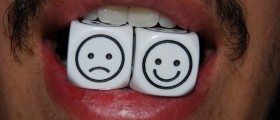







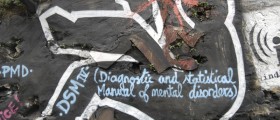
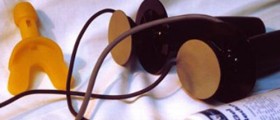

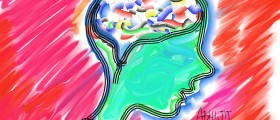


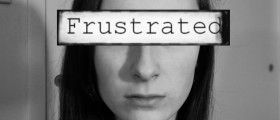
Your thoughts on this
Loading...